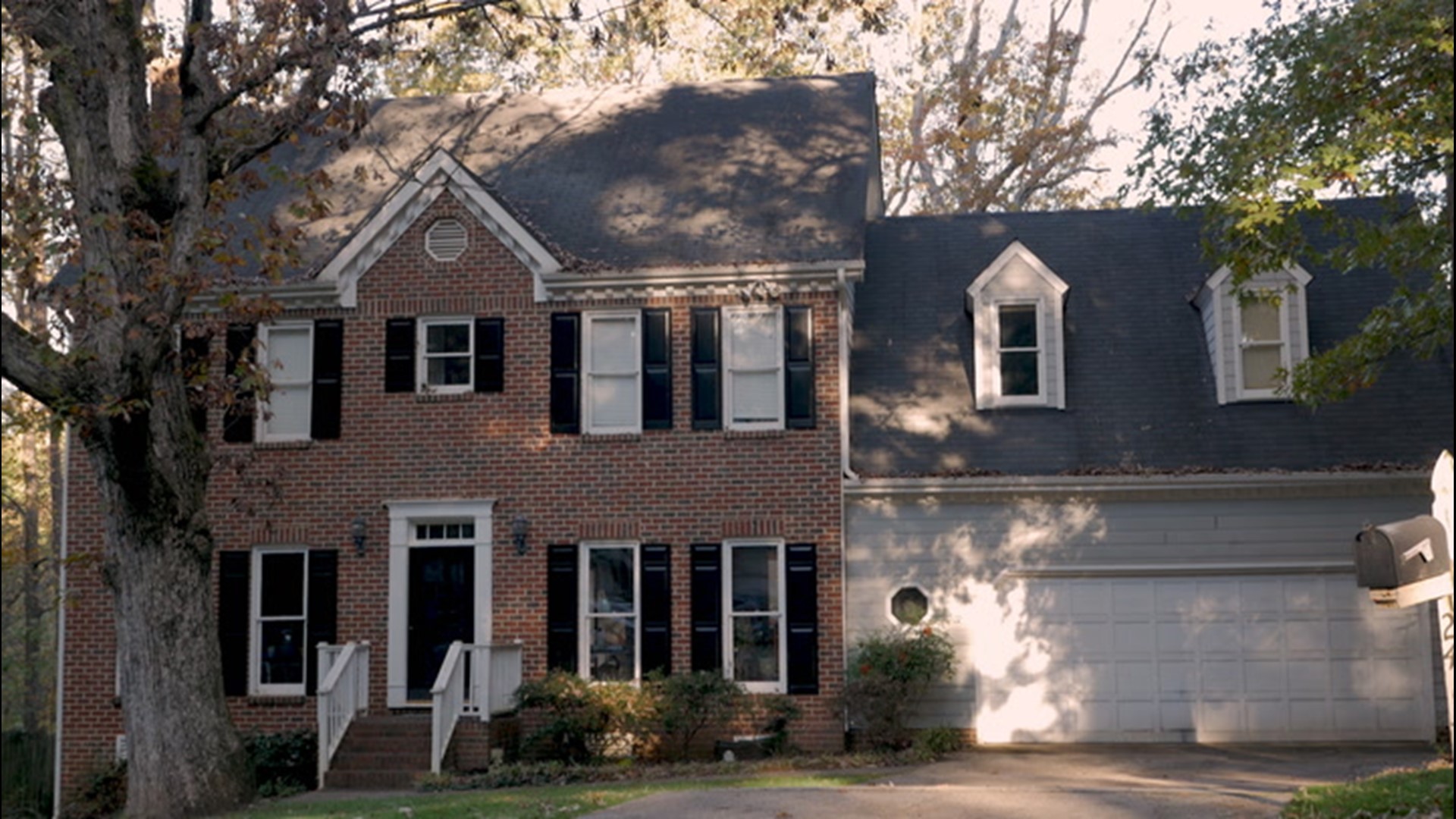Leaf litter is a common sight in yards across the country this time of year. Instead of raking leaves into bags headed for the landfill, experts say fallen leaves can stay put, and with a little preparation, become a natural renewable resource that creates the perfect soil to grow new vegetation.
According to the Environmental Protection Agency, yard wastes account for approximately 20 percent of all garbage generated in the United States each year.
The EPA's most recent statistics indicate 34.5 million tons of yard trimmings were accounted for in 2014, but only about 31 percent (10.8 million tons) ended up in a landfill.
Most tree leaves, grass clippings, brush and other prunings end up recycled, composted or burned for energy. And experts, like horticulturist Robert "Skip" Richter with the Texas A&M AgriLife Extension Service, suggest taking advantage of the leafy freebies by keeping them in your own yard.
"You have all these free nutrients in an organic form that lay on the lawn and by bagging them up and using them for mulch or compost you can recycle them back into your landscape in a form that plants are designed to take: naturally decomposing organic matter," Richter said.
Nutrients in leaves that fall from a tree during one season is equivalent to about three-fourths of all the nutrients that tree took up during the year, he added.
Reusing these wastes creates a product that can be used to help improve soils, grow the next generation of crops and improve water quality.
If you are going to hang onto your leaves this year, here are a few ways you can keep them on your property and out of landfills.
Mowing
A light covering of leaves can be mowed with a mulching mower or cut up with a few passes of a lawn mower. The shredded leaves fall in between the blades of grass and down toward the soil.
Richter said this technique is most effective with southern turfgrasses because they have a course texture and the leaves can fall between the turf blades.
Mulch
Use a mower with a bag as your leaf gathering device to shred and collect leaves. Then spread the chopped leaves as mulch in flower, vegetable and shrub beds and around trees.
Leaves will slowly decompose on the surface and release their nutrients over time, Richter told AccuWeather. They also form a cover that protects the soil against erosion and crusting from rainfall and irrigation.
Compost
Some jurisdictions operate programs in which residents can rake or blow leaves onto the street for pick up by special vacuum trucks on designated days. These are then sent to composting facilities, according to the EPA.
Another option is to compost them on-site. For people who have a compost bin, leaves and other yard wastes can be added to create an organic product that feed trees and plants.
Soil Improvement
You can simply collect leaves and rototill them directly into garden beds to improve aeration, drainage and water capacity. Most people don't have gardens big enough for this technique, but Richter said it is an option.
Mix several inches of leaves into the soil as deep as you want to go and then allow them to decompose before spring planting.
Blanket over soil
If you are not growing anything in an area of your garden for the winter, you can create a blanket of leaves to prevent weeds from coming up and to protect soil.
Richter said you don't necessarily have to prepare the leaves for this option, but it's usually best to mow over them so smaller leaf pieces are less likely to blow around. For spring planting, remove the leaf blanket with a rake and then put it back around the plants as mulch.
"This is a day and time when people are conscious of...reducing, reusing and recycling, and this is a way of accomplishing that. It also makes horticultural sense," Richter said. "It's not like you are doing something to save the planet that is hurting your plants. You are doing the best thing for your plants and at the same time you are not filling up landfill space."

